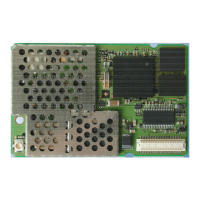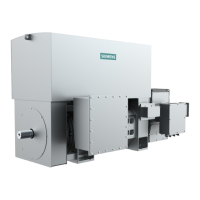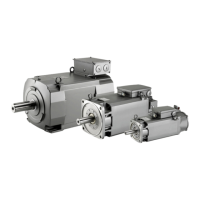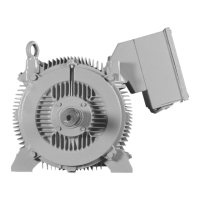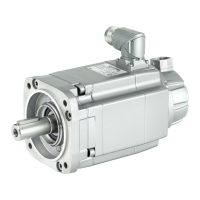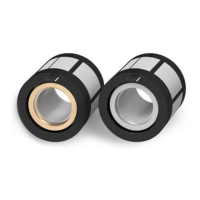Man Machine Interface
Version 8 dated 15.03.00 142
Siemens Information and Communication Products
A
6 Man Machine Interface
6.1 Overview
The Siemens M20 can be operated either via an MMI or with AT+C commands. One interface only should be used at any
given time. Simultaneous operation of both interfaces has not been provided for although no algorithm preventing simul-
taneous operation of both interfaces exists.
Access to data services is performed with AT+C commands and is thus not supported by the MMI.
The main parts of the user interface are:
• LCD display (dot-matrix, 2 lines, 16 characters)
• 21 keys (12 keyblock, 9 function keys)
• Handset (microphone and loudspeaker)
• Hookswitch
• Buzzer
Note
: the keypad driver supports 24 keys, though only 21 keys are used by the MMI software implemented.
6.2 Keypad address matrix
Table 6-1 Keypad address matrix
Table 6-2 Description of keypad
All features offered are activated or configured using function keys or codes (menu short-cuts). The codes are selected to
conform to ETS 300 511. User guidance via menus is not supported. The user dialogs or input prompts are output in the
following languages:
• English (factory default)
•German
•French
• Portuguese
•Spanish.
KPC0 KPC1 KPC2 KPC3
KPR0 <KW3>, <KW1>,
unused1 unused2
KPR1 <KW4> <KW2> <DIAL>
unused3
KPR2 <WW> <1> <2> <3>
KPR3 <+> <4> <5> <6>
KPR4 <-> <7> <8> <9>
KPR5 <SMS> <*> <0> <#>
Keypad Meaning
<0>, <1>,..., <9>, <*>, <#> Keys
<DIAL> Dial key (OK key)
<KW1>, <KW2>...KW4> 4 short keys
<WW> Redial/cursor up
<SMS> Short Message
<+> increase volume: voice/buzzer
<-> decrease volume: voice/buzzer
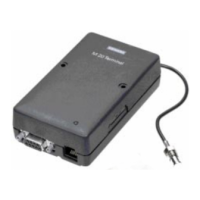
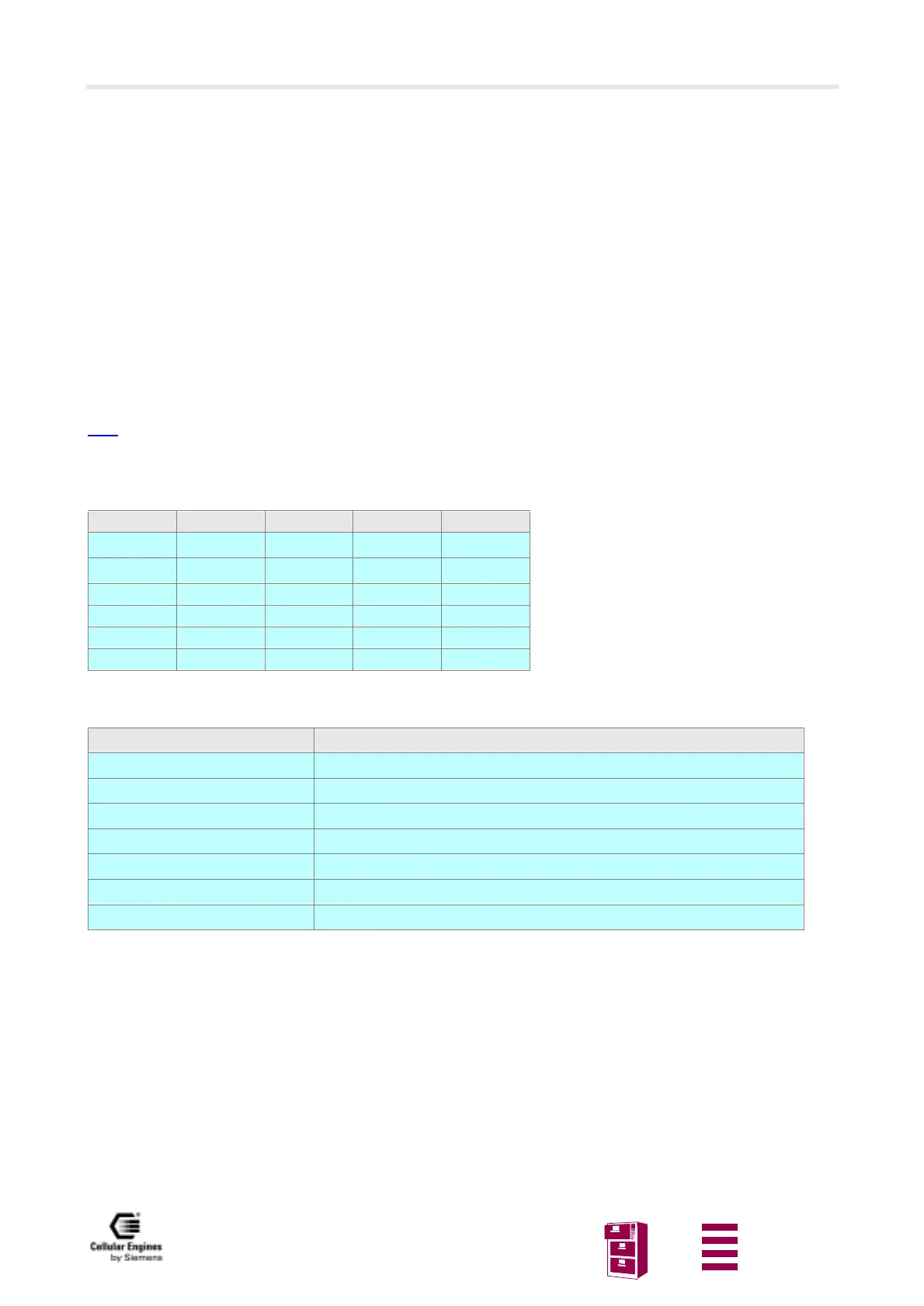